Search
Remove Ads
Advertisement
Summary 
Loading AI-generated summary based on World History Encyclopedia articles ...
Search Results

Video
Capitalism & Socialism: Crash Course World History #33
In which John Green teaches you about capitalism and socialism in a way that is sure to please commenters from both sides of the debate. Learn how capitalism arose from the industrial revolution, and then gave rise to socialism. Learn about...
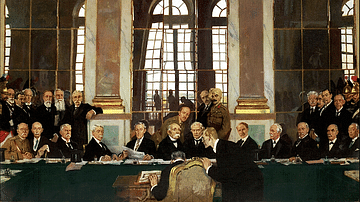
Definition
Treaty of Versailles
The Treaty of Versailles, signed in June 1919, was an agreement between the victors of the First World War (1914-18) which redivided parts of Europe and imposed reparations, armament limitations, and total blame for the war on Germany, one...

Definition
Meiji Period
The Meiji period refers to the period in Japanese history from 1868 to 1912 during which the Meiji Emperor reigned. Following the overthrow of the Tokugawa shogunate in the Meiji Restoration of 1868, Japan's new leaders embarked on a program...
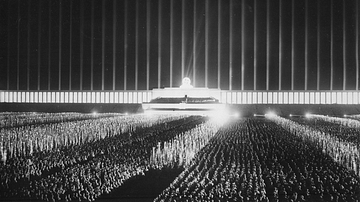
Definition
Nuremberg Rally
The Nuremberg Rally, or the Reich Party Congress, was an annual event held from 1927 to 1938 in Nürnberg, Germany. Organised on a massive scale by the National Socialist Party (Nazi), these operations in pomp, ceremony, and propaganda were...

Definition
Beer Hall Putsch
The Beer Hall Putsch or Munich Putsch was a failed attempt by the German National Socialist (Nazi) Party to seize power, first of the Bavarian and then the German federal government on 8-9 November 1923. The coup, led by Adolf Hitler (1889-1945...
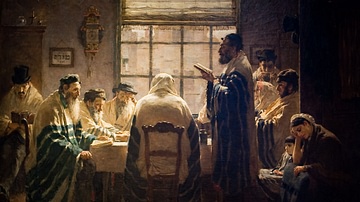
Definition
Tallit
The tallit is a garment worn by those of Jewish faith as a symbol of communal solidarity and devotion to their god. The foundation for modern Jewish socio-religious concepts is the Tanakh, or Hebrew bible which is also the Christian Old Testament...

Article
Social, Political & Economic Landscapes in Kautilya's Arthashastra
The Arthashastra (or Arthaśāstra) is one of the oldest surviving treatises on statecraft. There is considerable debate about the dating and authorship of the text; it underwent compilation, recension, and redaction several times over the...
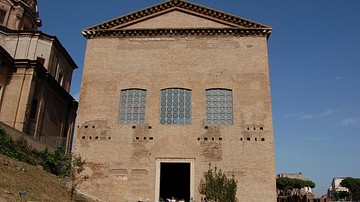
Article
The Brothers Gracchi: The Tribunates of Tiberius & Gaius Gracchus
Tiberius and Gaius Gracchus were a pair of tribunes of the plebs from the 2nd century BCE, who sought to introduce land reform and other populist legislation in ancient Rome. They were both members of the Populares, a group of politicians...
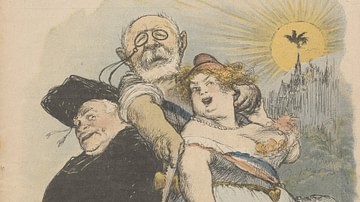
Article
Architects of France's 1901 Law of Associations
The Law of Associations was adopted by the French Parliament on 3 July 1901 to limit the influence of Catholic teaching orders as the first step toward the formal separation of church and state that would follow in 1905. Of 16,904 religious...